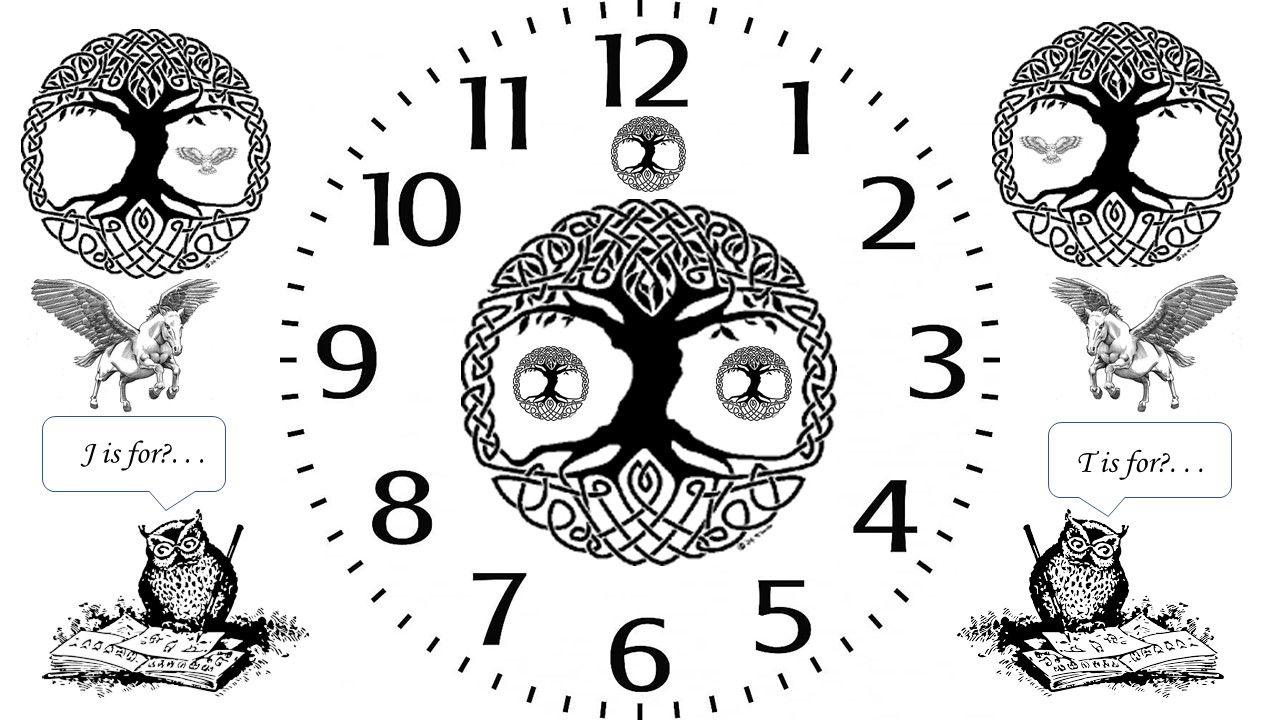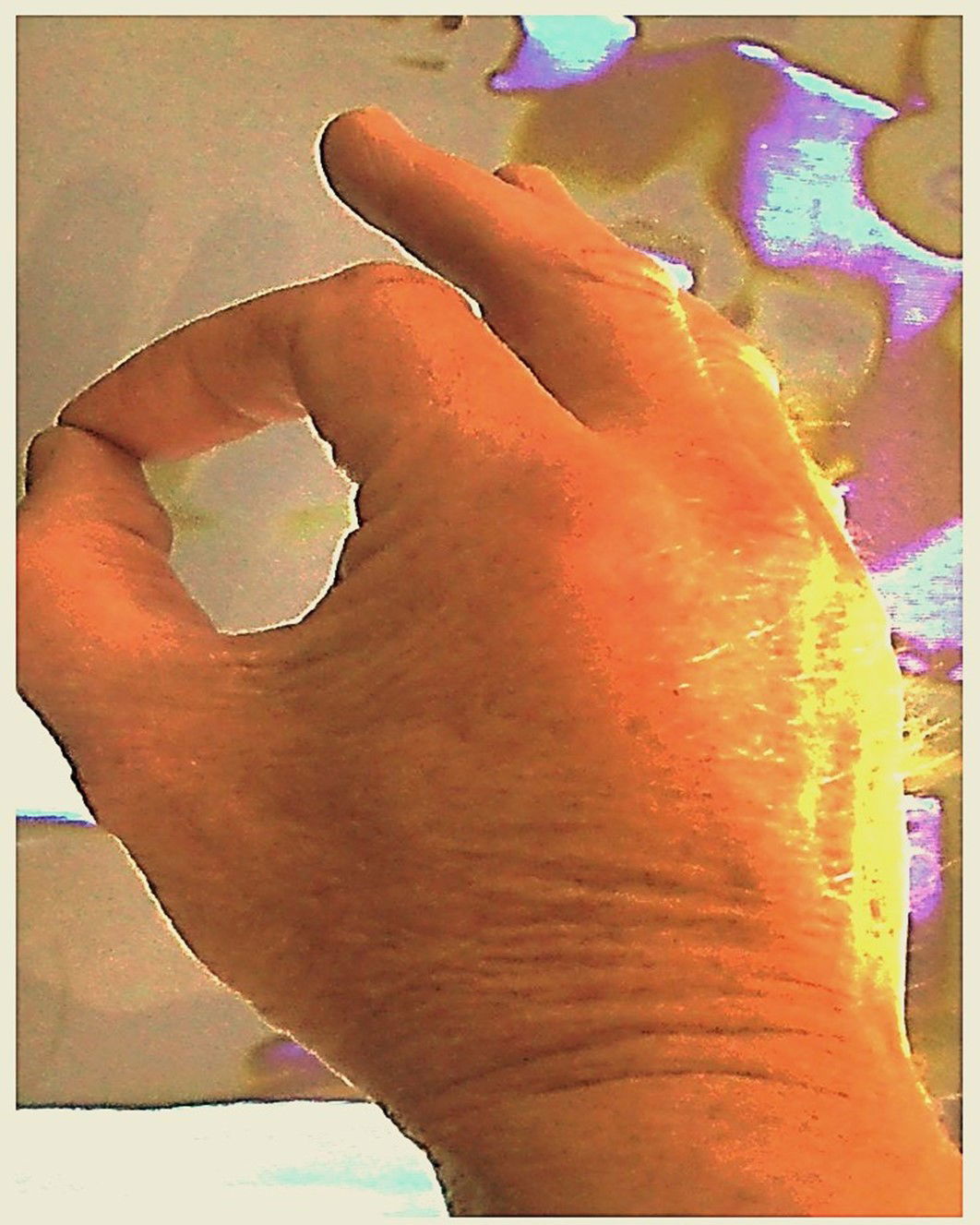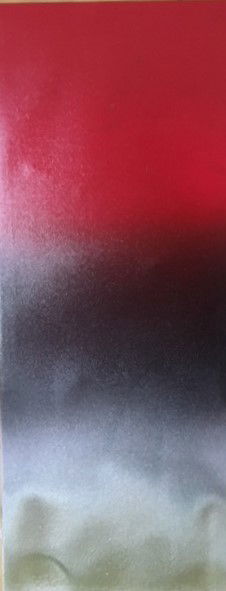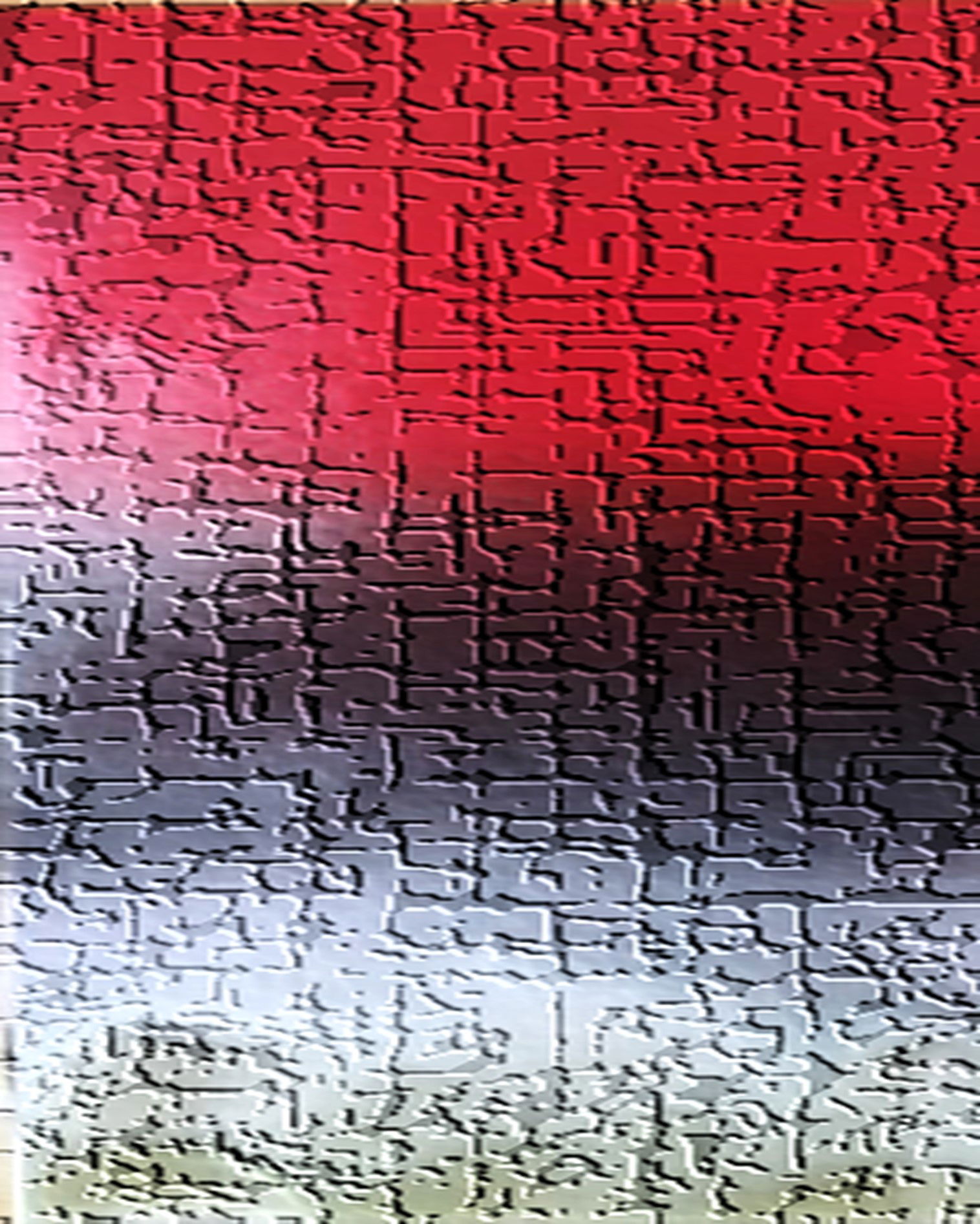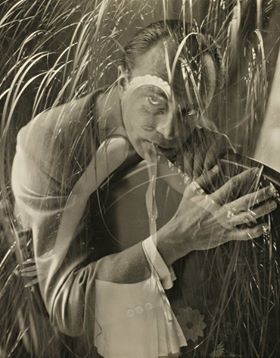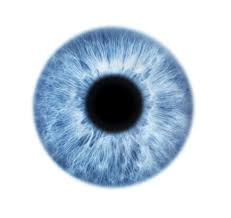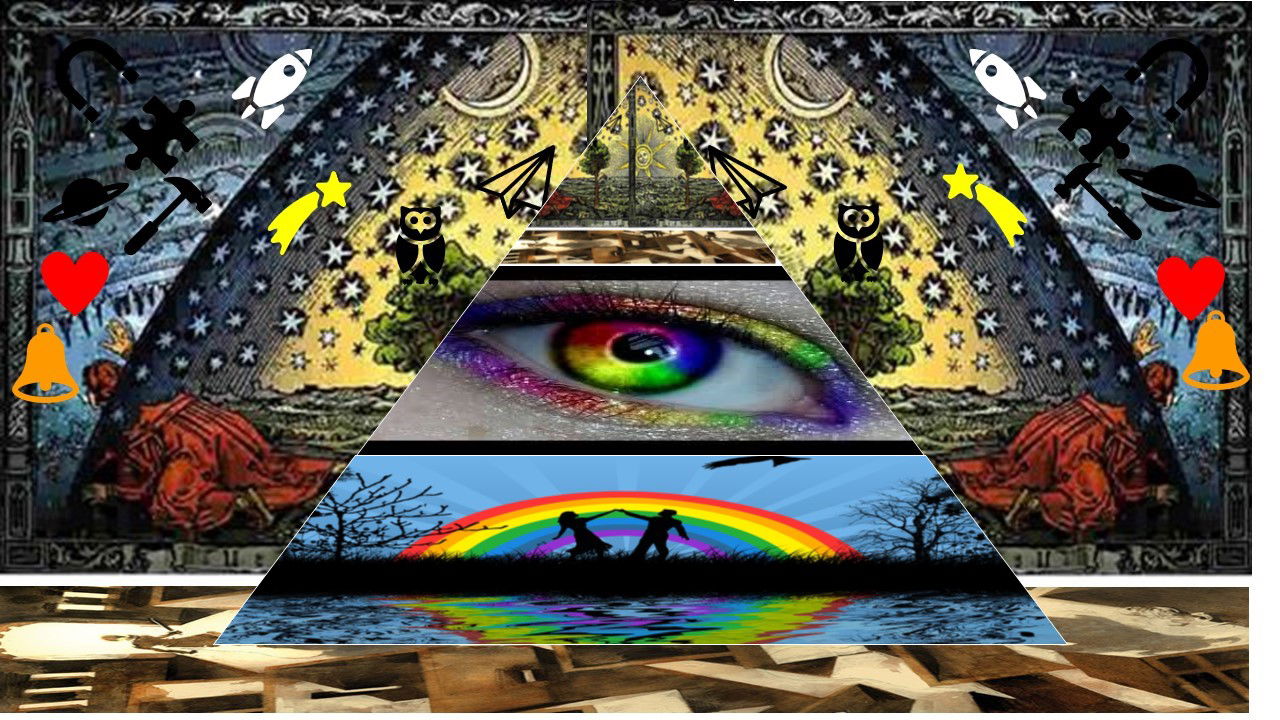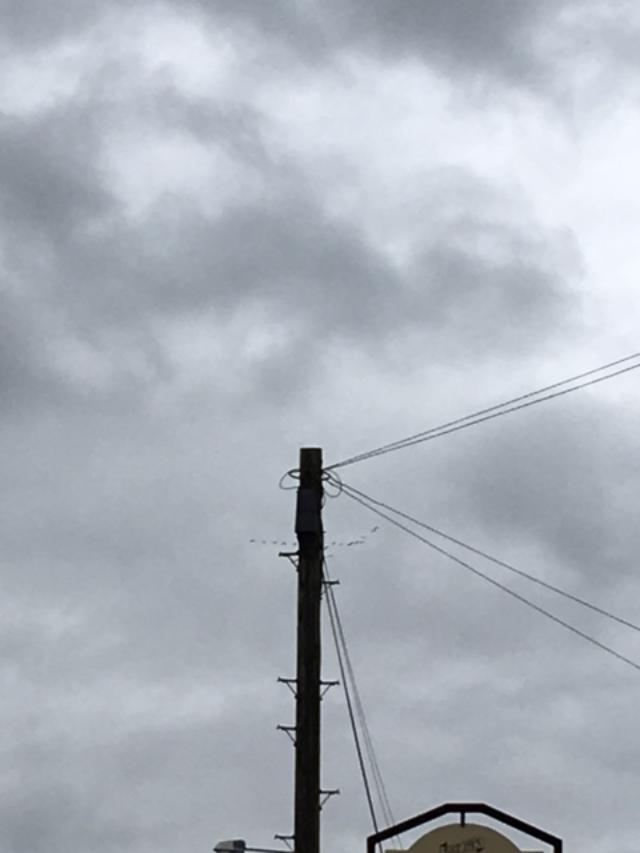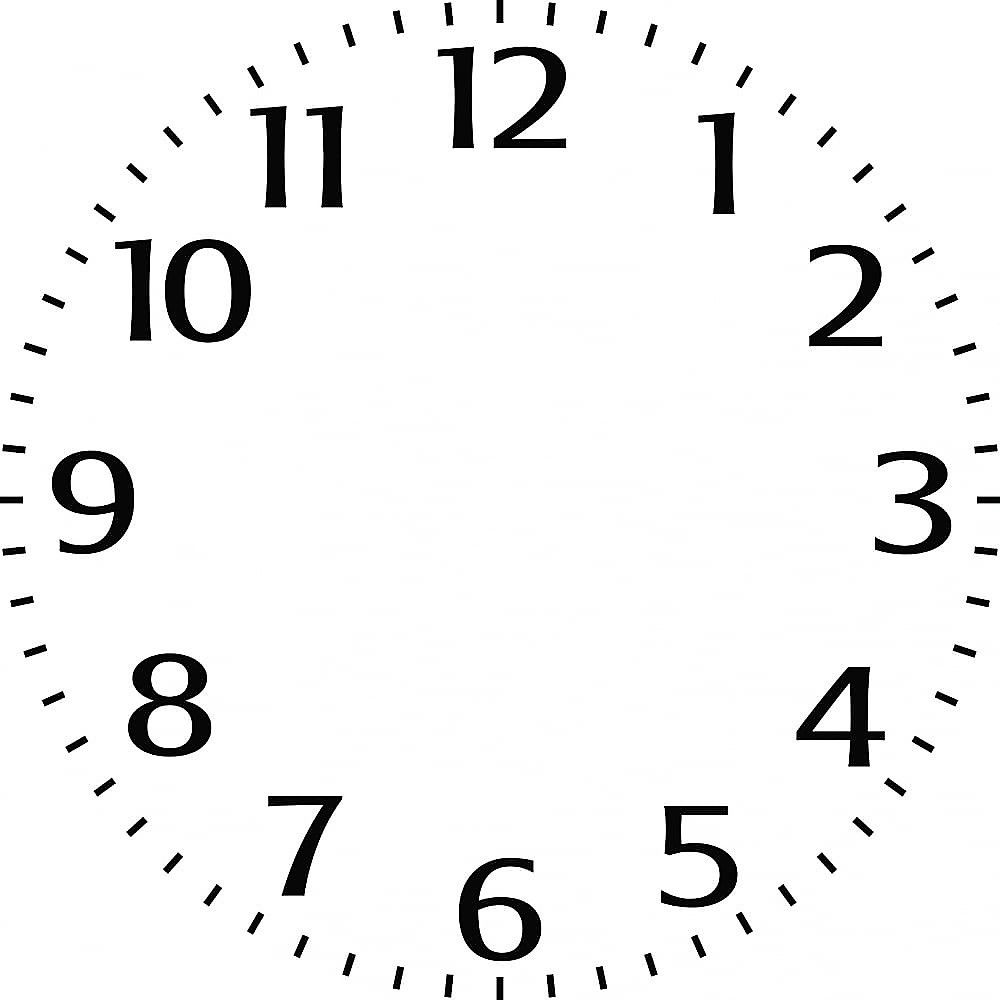FLUXUS
ANYTHING & EVERYTHING
FOR
EVERYONE
X X X
About
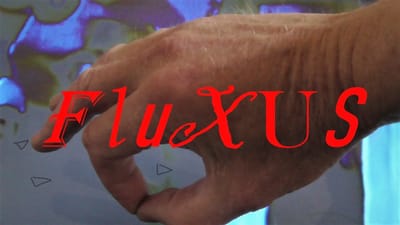
Fluxus participants included "artists, composers, designers, and architects, as well as economists, mathematicians, ballet dancers, chefs, and even a would-be theologian.
They produced performance "events," which included enactments of scores, "Neo-Dada" noise music, and time-based works, as well as concrete poetry, visual art, urban planning, architecture, design, literature, and publishing. Many Fluxus artists share anti-commercial and anti-art sensibilities. Fluxus is sometimes described as "intermedia". The ideas and practices of composer John Cage heavily influenced Fluxus. Especially, his notions that one should embark on an artwork without a conception of its end, and his understanding of the work as a site of interaction between artist and audience. The process of creating was privileged over the finished product. It is not essential to feel part of the Fluxus movement, just use it, enjoy and live on.
Follow @YYURYYUBIC
FLIGHT OF PASSAGE
Then suddenly he had lost her!
She had vanished clean out of sight
And the young owl very soon realised
That he was alone and lost in the night
He didn't recognise these trees around him
No landmarks around could he find
He called out in vain to his Mother
But she had left him now far behind
Alone beneath the twinkling stars
He then found a bough of a tree
And as he sat there he now pondered
Oh what will become of me!
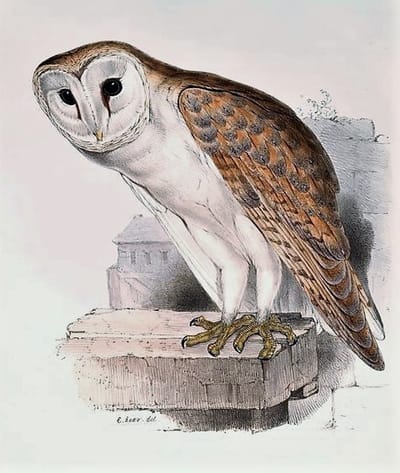
Features
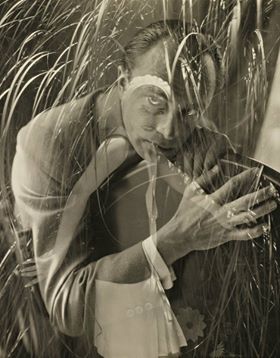
PEOPLE
Edward Steichen Edward Steichen was a key figure of twentieth-century photography, directing its development as a prominent photographer and influential curator. Steichen came to the United States in 1881. He painted and worked in lithography, before undertaking photography in 1896, and first exhibited photographs at the Philadelphia Salon in 1899. Steichen became a naturalized citizen in 1900 and after exhibiting in the Chicago Salon, he received encouragement from Clarence White, who brought him to Alfred Stieglitz's attention. Steichen practiced painting in Paris intermittently between 1900 and 1922; there he met Rodin and was exposed to modern art movements, and was thus able to advise Stieglitz on exhibition selections. He was elected a member of London's Linked Ring Brotherhood in 1901, and in 1902 cofounded the Photo-Secession and designed the first cover of Camera Work, in which his work was often published. In New York, Steichen helped Stieglitz establish the Little Galleries of the Photo-Secession, which became known as "291," and in 1910 he participated in the International Exhibition of Pictorial Photography in Buffalo. During World War I, he directed aerial photography for the Army Expeditionary Forces. He renounced painting shortly thereafter, along with the vestiges of Pictorialism, and adopted a modernist style. He served as chief photographer for Condé Nast from 1923 to 1938 while also doing freelance advertising work. Commissioned a lieutenant commander in 1942, Steichen became director of the U.S. Naval Photographic Institute in 1945; there he oversaw combat photography and organized the exhibitions Road to Victory and Power in the Pacific. He was director of photography at the Museum of Modern Art from 1947 to 1962, and was responsible for more than fifty shows, including The Family of Man in 1955, the most popular exhibition in the history of photography. Steichen received innumerable awards and honors, including Knighthood in the French Legion of Honor, an Honorary Fellowship in the Royal Photographic Society, the Distinguished Service Medal, the Art Directors Club of New York Award, U.S. Camera Achievement Award for "Most Outstanding Contribution to Photography by an Individual," (1949) and the Presidential Medal of Freedom (1963). Major shows of his work have been held at the Baltimore Museum of Art, the Museum of Modern Art, the Bibliothéque Nationale in Paris, ICP, and the George Eastman House.
Learn More